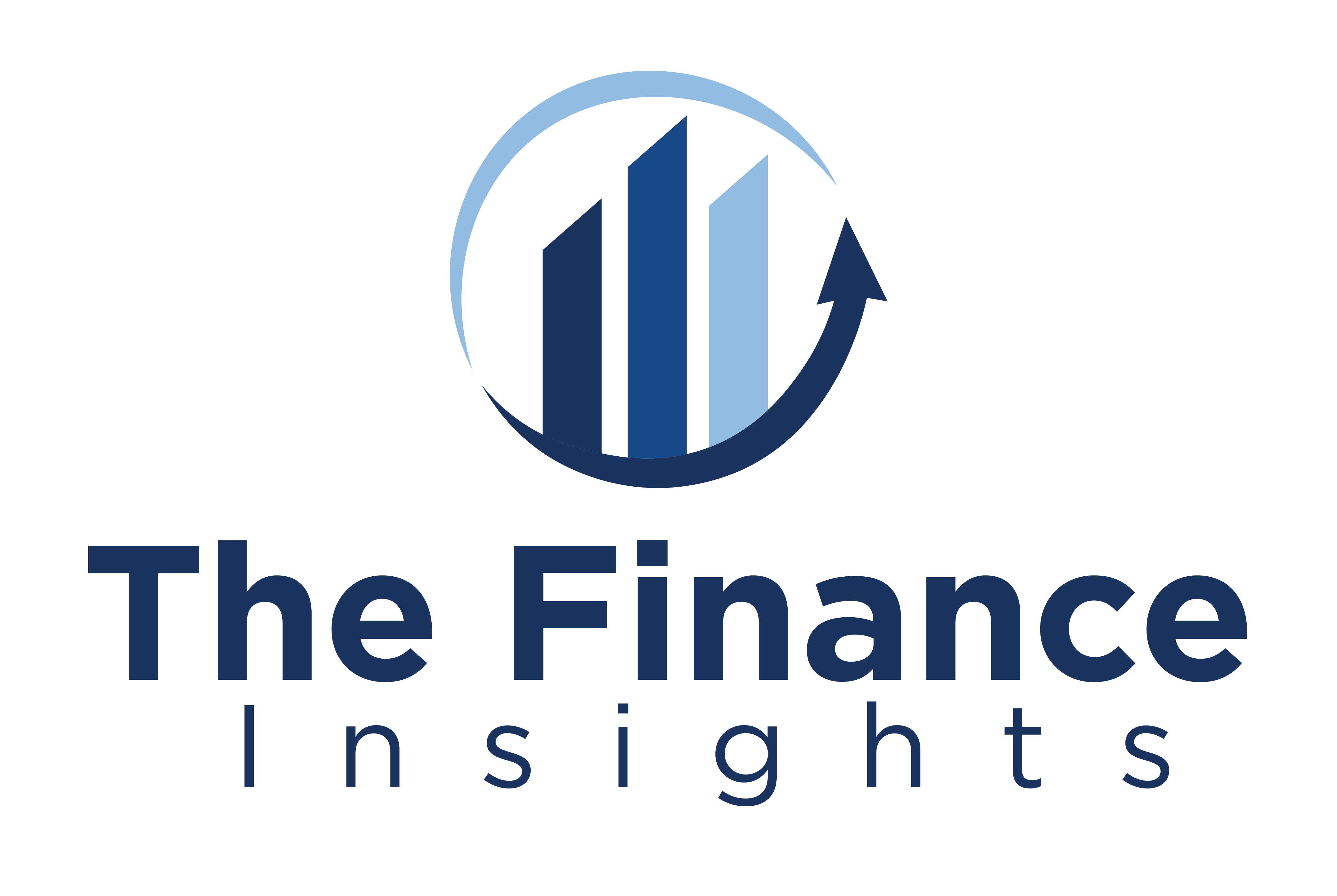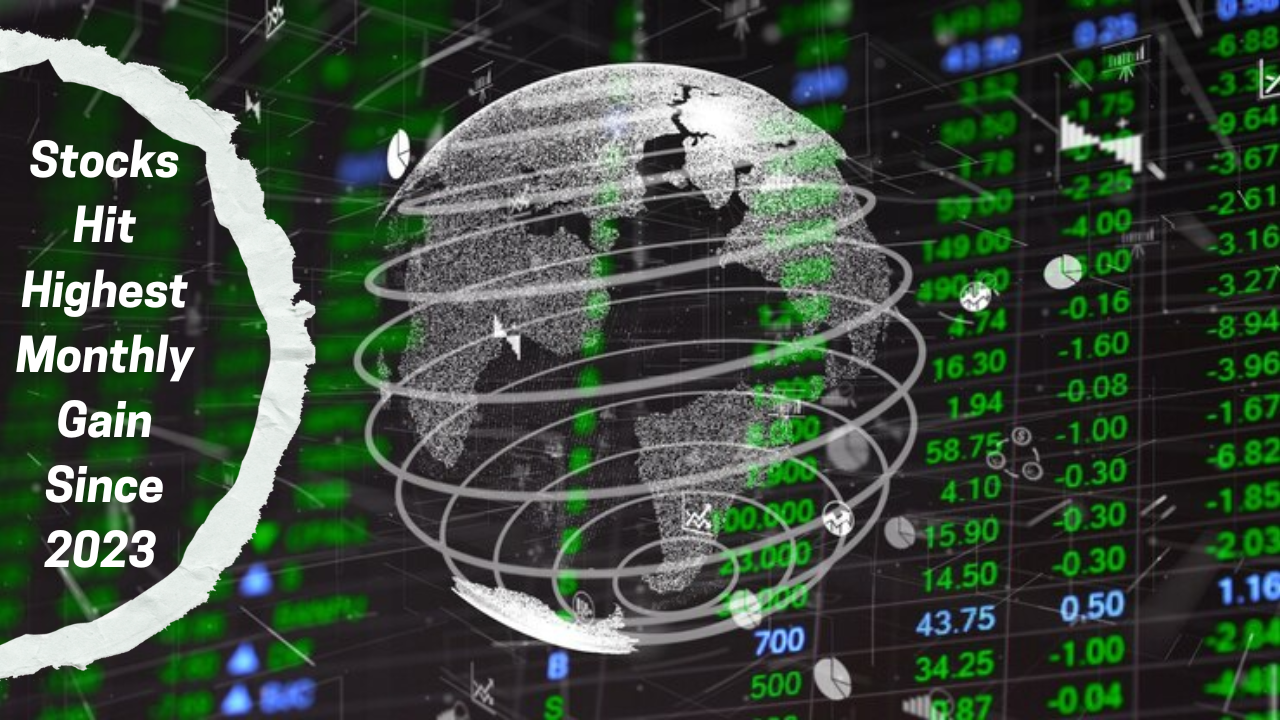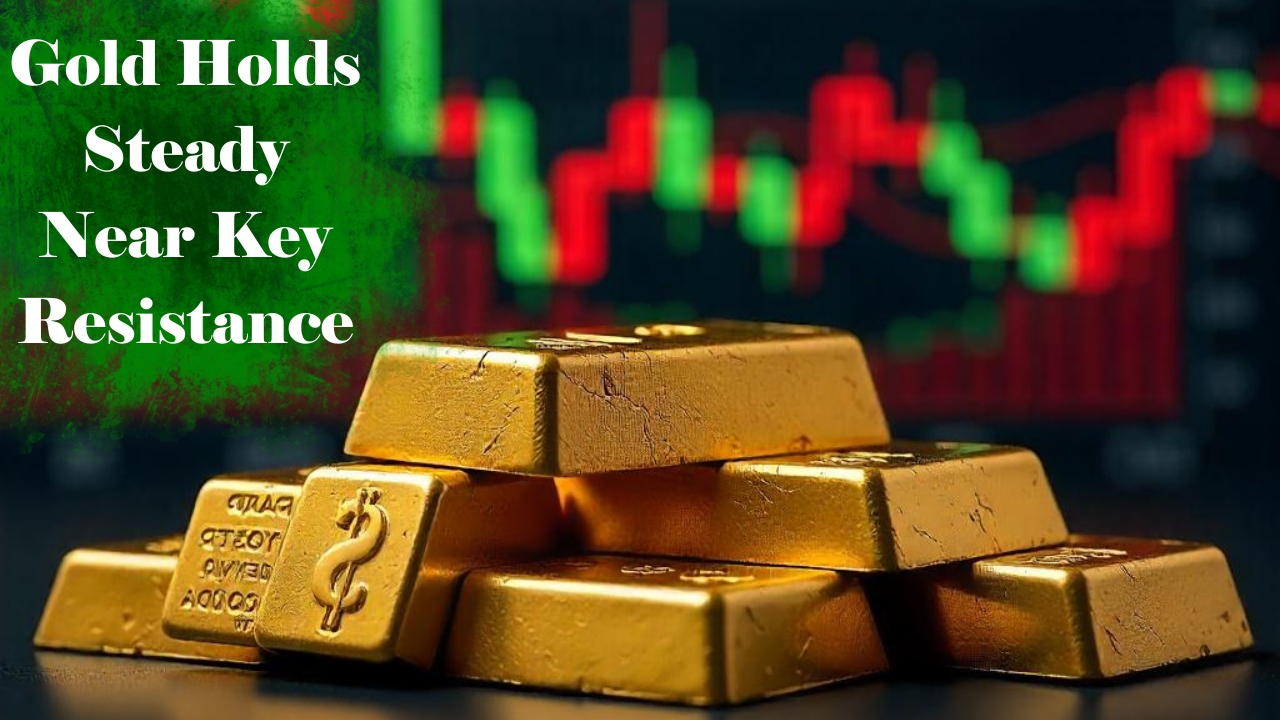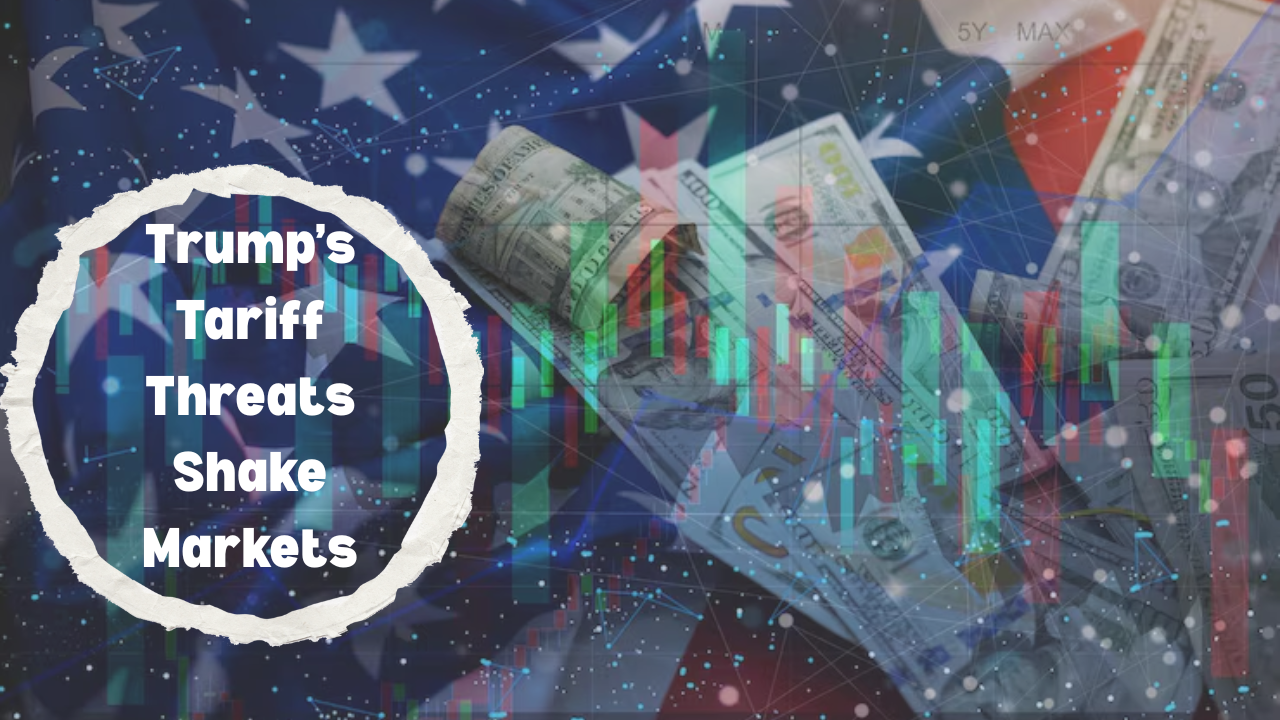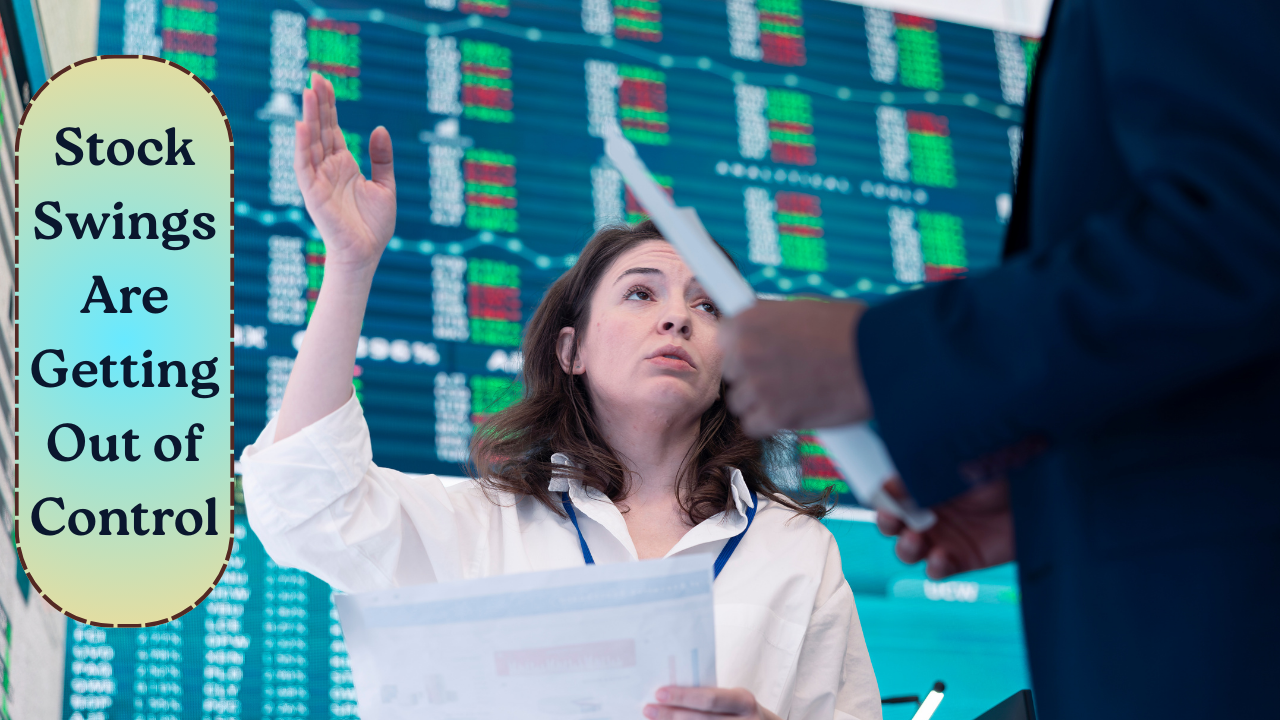
Global equities edged higher on Tuesday while U.S. Treasury yields steadied, offering the dollar a brief reprieve. In the days following a credit rating drop and an increase in government debt, investors were still analyzing uncertainties about the U.S. fiscal position.
Markets were still reacting to Monday’s volatility, when a sharp sell-off in Treasuries rattled Wall Street before a late-day recovery. That stability extended into European and Asian trade sessions. Although Europe’s Stoxx 600 index as a whole rose by 0.5%, Germany’s DAX hit an all-time peak. Futures for the S&P 500, however, indicated slight losses, showing ongoing investor caution.
The rebound followed Moody’s downgrade of the U.S. credit rating last Friday, triggered by fears over a major tax cut bill currently progressing through Congress. Given the ongoing deficits and growing interest payments on the national debt, the downgrading underscores serious worries about the United States’ long-term economic sustainability. The 30-year yield declined to 4.91% from an 18-month high of 5.037%, while the 10-year Treasury yield slipped 2 basis points to 4.45% after reaching a peak of 4.56% on Monday.
“The rapid recovery was a little unexpected,” said Mohit Kumar, chief economist for Europe at Jefferies. “However, the downgrade was anticipated because of persistent debt and deficit issues.”
Investor sentiment remained fragile. Many continue to hold reduced risk positions, which creates a tendency to buy on dips. Risk assets—like equities and corporate bonds—tend to benefit when investor optimism rises.
However, unease in global markets persisted. Japan’s super-long bond yields surged to multi-decade highs after a poorly received 20-year bond auction. At 2.555%, the yield on a 20-year Japanese bond increased 15 basis points, marking its highest level since 2000. The yield on the 30-year bond hit a record 3.14%.
Hirofumi Suzuki, Chief Currency Strategist of Sumitomo Mitsui Banking Corp., stated that “the trend of increasing yields is broad.” “At every auction, investors keep a careful eye on demand, but stability in the market continues to be elusive.”
Meanwhile, Australia’s central bank cut interest rates as expected, pushing the Australian dollar down 0.7% to $0.6414. The Reserve Bank cited global uncertainty while signaling caution on further easing. “The RBA sounds increasingly uneasy,” said Charu Chanana of Saxo, “so the Australian dollar may continue to face downward pressure.”
Following the People’s Bank of China’s first lowering in benchmark financing rates in the month of October, the power source blue-chip CSI300 index in China increased by 0.54%. This is the first adjustment since October and is intended to boost GDP during a slow recovery from the global pandemic. The energy storage giant CATL’s $4.6 billion IPO, the biggest public listing internationally this year, closed 16% higher, drawing attention to Hong Kong’s market as well.
The euro held steady at $1.1248, while the US dollar dropped 0.2% to 144.48 vs the Japanese yen. Current market information clearly shows that the patterns are influenced by global commodity prices, equity regulations, and yields on bonds.
Oil prices remained volatile amid uncertainty over U.S.–Iran nuclear talks, with Brent crude last trading at $65.43 a barrel. In the meanwhile, as investors shielded themselves against market volatility, gold increased 0.2% to $3,236 an ounce.
